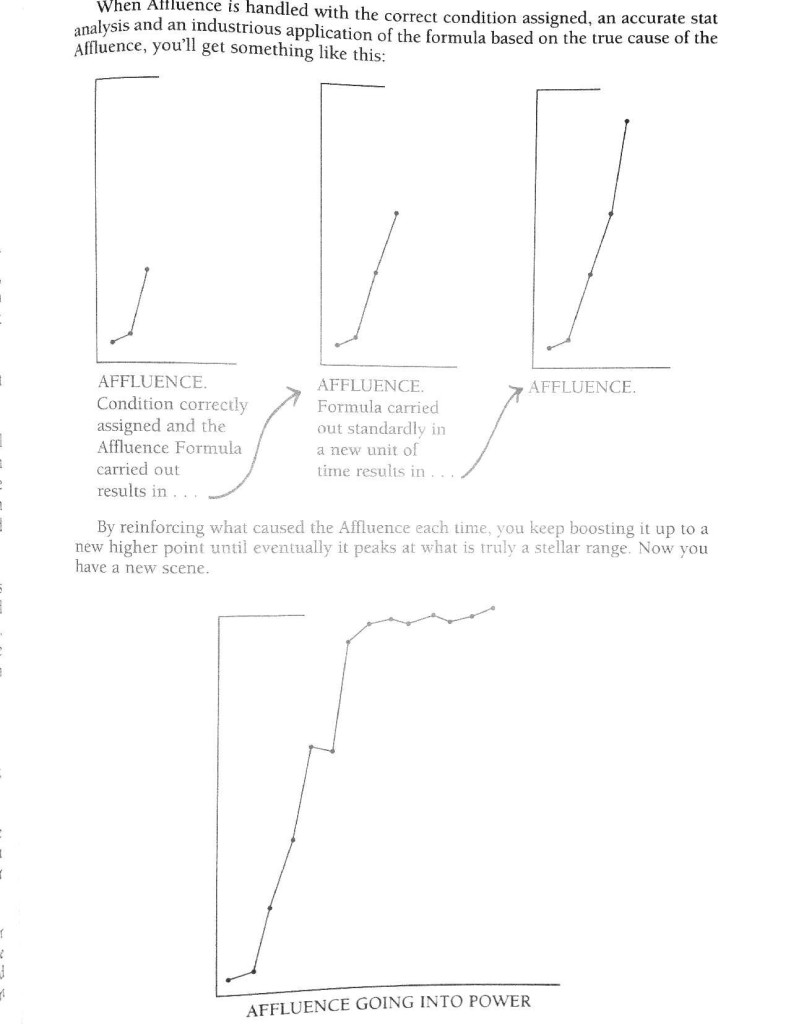Mark Albright, staff writer for the St. Petersburg Times published an article in the Sunday paper a while back on retailers struggling to win back customers. He does an excellent job at identifying the key issues customers face when shopping in many stores. In summary, customers know what they want from their shopping experience and they don’t get what they want most of the time.
Two charts were provided in the article. One showed that 68.4% of those responding to a recent poll said knowledgeable, helpful, friendly staff was the most important criteria for a positive shopping experience. The other chart reported that 50% of the people surveyed reported retail service has gotten worse.
Shoppers have always wanted a friendly environment with knowledgeable staff. What is most alarming is how poorly retailers continue to meet the expectations of their customers. With almost 70% of the customers ranking knowledgeable, friendly staff as most important, why is it that so many retailers continue to be obsessed with having compelling price? Studies have consistently shown and Mark points this out in his article as well, that less than 10% of the shoppers name price as the most important reason they shop a store.
Let’s examine pricing and promotion a bit deeper. The paper that Mark Albright writes for has a daily circulation of about 1 million. On Sunday, like all large metropolitan areas, the paper is thick. Most of it is advertising circulars. Most have between 4 – 20 or more color glossy pages and this format is used by most of the major retail chains. Stores attempt to show items attractive to the largest number of people and offer special buys or sale pricing. The goal is to drive traffic to the stores.
Normally on a store by store basis, retailers are able to tell how effective a particular circular was by measuring customer count (customers that actually buy), average sale and items sold. Most retailers have these statistics, but there is one critical piece of information they do not have. They do not know who it was that purchased something. They do not know their physical address, they do not know their email address and do not know their customer’s phone number. There are exceptions and I will address those shortly. However, in general, large and small retailers spend huge amounts of money on print advertising to drive customers into their stores and they don’t even know who their customer is. Consequently, they are unable to thank the buyers, hear their comments and suggestions and they are not able to personally invite them back.
Even more serious: with the development of preferred buying programs, membership programs like those used by Sam’s Club and Costco and even those retailers that have captured customer information, the way that data is used is pathetic.
Here is a brief summary of the issues so far: consumers want knowledgeable and friendly sales staff and over 90% of them place importance on knowledge and friendliness over price. On the other hand, retailers spend a lot of resources developing promotions based on price to drive traffic to their stores. When the customer gets there, not just the price shopper but the loyal customers as well, the retailer is not properly staffed and the staff that is working is not properly trained and managed. I call this a mismatch in expectations and delivery. The result of that formula is a high rate of retail business failure with stores that fail being replaced by new ones that operate the same way. You know what you get when you keep doing things the same way. What is the solution? Keep reading.
When the subject of price in retailing is mentioned, Wal-Mart’s name always comes up. Here are just a couple of things I noticed about Wal-Mart recently. First they are increasing the number of more upscale items offered. Why are they doing this? It is because they understand that appealing just to the low price crowd long term is a risky business model. No retail chain founded on the low price model has ever survived long term. None. What else have I noticed? The other day I noticed a Wal-Mart banner on the front page of Yahoo.com This particular ad was what is known in the Internet Marketing circles and Direct Response Marketing circles as a lead generation ad. I followed it through and noticed interesting “bribes” to get you to register for on line information. You could even categorize the information you were interested in receiving. Wal-Mart promised to give you advance notice of their best deals for the store closest to you. Notice I said store closest to you. When you entered your information they asked for your zip code so they could match you with relevant regional promotion.
Wal-Mart is taking the lead again in building their customer data base. I don’t think they have taken this to the store level, which where it really needs to be implemented. But they are headed in the right direction.
Do you need to have Wal-Mart’s system to implement a similar program? Last September I was testing the implementation of program with a small retailer in a small market. We used incentives as a motivator to provide their contact information. This program was hugely successful in a short period of time and confirmed the value of capturing the contact information of your customers and communicating with them. That is the first step in bridging the gap between what customers want and what retailers deliver. Note: if you are a grocery store, restaurant, nightclub, shoe repair store, dry cleaner or any business that has customers, this applies to you.
If you are a local or regional chain of stores, outsourcing this customer contact program is the most cost effective approach. If you are not sure that is a true statement Email Me and I will prove it to you. National Chains should outsource this program in the test phase and then it is likely that in-house technology will be needed long term. Regardless, it is easy to build your customer list, easy to communicate with them and this communication builds loyalty and value. This communication process is the critical link that breaks down when this process is managed internally. In summary, outsource this entire program initially; bring the technology piece in house if and when that makes sense but keep the communication program outsourced. Does this sound like Direct Response Marketing 101? Yes ..well that is because it is and you know what…basic blocking and tackling work all the time.
Does all of this solve the problem of bridging the gap of what the customer wants and what the retailer delivers? Absolutely not! All of the fundamentals successful retailers are paying attention to today must continue. Having the right product in the right place at the right time is a good goal. Having staff properly trained and managed is a great goal.
But this is the planet earth folks. When all the best logistical systems and human resource development processes fail .. and they will from time to time, a strong binding relationship with your customer will overcome any isolated execution failures.
Are there any examples of anyone doing this more right than wrong? I remember in 1996 when I was in my second year of operating an Internet Service Provider company that I founded. I was focusing on industries likely to benefit a lot quickly from using the tools of the Internet. One of them was mail order. I knew there would be huge benefits to catalog retailers from using the internet. Of course when I contacted many of them and they had no idea in 1996 what I was talking about. So I let it slide instead of pursuing that idea along with a number of other billion dollar ideas I had in the early days of the commercial Internet.
Today there are numerous examples of catalog retailers doing a great job of communicating with their customer base. Now the big gains are coming from the “brick and mortar” companies who are communicating like catalog retailers. Who are they? Circuit City gets a vote. Circuit City sends me wonderful emails in addition to their weekly print advertising circulars. Wal-Mart used to do a good job now that I am on their list but not any longer. In the catalog retail business, one of the best is Fredericks of Hollywood. There are other catalog retailers that have an effective communication program in place. In fact if you order on line from any catalog company and give them your email address, I would bet you start getting information from them. Even if you don’t order, sign up for some of these lists to see what they send you.
The biggest mistake made by companies that have you in their data base, is dropping your contact information when you have not purchased for awhile. I know of one very popular retailer with a huge mail order division that sends me tons of catalogs but not one email. When asked about this I was told I no longer receive emails because I am not a current buyer. But they continue sending me expensive to print and mail catalogs. Go figure! Recently.
In summary, study the companies that are doing this well. Look at your own business. If you are not sure what I am advising you to do will work, call or email me and let’s “kick it around”. All contact information is at the end of the article.
Sharing with all my readers the energy of peace, happiness and abundance
Steve Pohlit, Expert Business Consulting
Email Me, Steve Pohlit to schedule A No Obligation Consultation On Building Your Business Profits.Need more customers? Let’s discuss how to use cutting edge Social Media Marketing in the revenue building cycle of your business to drive your profits sky high. If your company is not growing revenue and profits, if your company is not cash flow positive Click Here for more information about Turnaround Consulting Services for Business In Crisis
FREE Report:
How To Increase Business Profits by 30% or More in 90 Days or Less
Connect with me on Facebook Click Here
About: Steve Pohlit is a CPA,MBA and has been the CFO of several major domestic and international companies. Steve is business owner and an expert business consultant, direct response and social media marketing and social networking security expert . Steve is focused on helping companies improve their business performance. All articles published by Steve unless specifically restricted may be freely published with this resource information.


